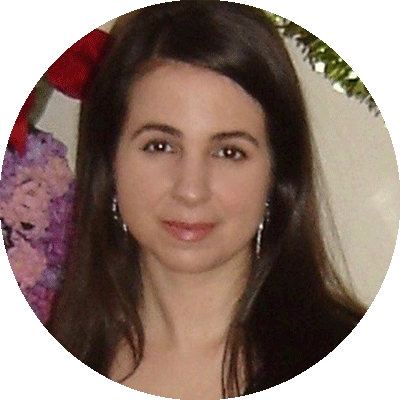Stephen Cohen studies the mechanics of space elevators – an alternative to rockets, which could eventually allow us to shuttle people and goods to and from space in a more cost-effective and secure way.
To many of us, this might sound like something straight out of a science fiction novel. However, as Stephen explained when I interviewed him for this researcher profile, scientists working in this area believe that space elevator technology may become a reality within the next 30 years.
At this point, you may be wondering what a space elevator would look like. Stephen described the space elevator as an infrastructure consisting of a long tether between an ocean-floating vessel on Earth and a satellite in space with a Geosynchronous Equatorial Orbit (GEO). A GEO is an orbit directly over earth’s equator with an orbital period matching that of earth’s rotation period. Consequently, a satellite in GEO always finds itself over the same spot on earth. Via the physical connection between earth and space created by the tether, payloads can be transported to high altitude and released into orbit using high-speed trains that climb the tether.
Stephen went on to say that the theoretical basis for space elevators is not new – it was originally proposed in 1960. However, its first engineering analysis in 1975 showed that the tether required a specific strength far greater than any material in existence at the time. Specific strength refers to a material’s strength-to-density ratio. According to Stephen, scientists estimate that the material used to build the tether must have a specific strength 50x that of steel.
With the development of new materials in recent years, which are both very strong and very light, the interest in planning and developing the space elevator’s design has been reignited within the scientific community. Following suit with this trend, within his most recent grant application to the Fonds de recherche du Quebec – Nature et technologies, Stephen proposes to study the effect that certain modifications to the space elevator’s design have on its mechanical behaviour.
Later in the interview, I asked Stephen why and when he decided to choose the study of space elevator mechanics over more immediately applicable specialties within the field of mechanical engineering. “I never saw myself as the handy type of engineer,” Stephen answered. “I was always more interested in theory.” “I also enjoy working on a project that is so futuristic,” he added. Stephen also mentioned that,
in his last year of undergraduate studies at McGill University, he took a course on spacecraft dynamics. This area of physics includes everything from studying how orbits work to planning interplanetary missions. Stephen was so drawn in by the content of the course that he ended up selecting the professor for this course as his Master of Engineering thesis supervisor. He has collaborated with Professor Misra on research ever since.
Immediately following the completion of his MEng, Stephen worked at MDA Space, helping to design satellites so that they don’t break in transit. However, throughout his schooling and early career, Stephen primarily saw himself as an educator, which eventually led him to apply for a teaching position at Vanier.
As a teacher in Vanier’s Physics Department since 2010, Stephen has witnessed the positive effect that his research is having on his students. For example, in 2014, he presented to his class before going to a space conference and, as a result of doing so, many students exhibited a high level of interest in working with him on research projects. One student in particular developed a software that simulated what it would look like to go into space as a space elevator operator.In 2019, in the context of a Research Methods course offered to Vanier students, Stephen supervised three students whose goal was to assess how the space elevator tether would move due to the release of payloads from it. Among other things, they discovered the particular release locations where the dynamical consequences were most severe. This work was presented in October, 2019, at the International Astronautical Congress in Washington, D.C. As an added bonus, these students were able to perform the entirety of the research at Vanier because it did not require sophisticated equipment, only software with which to perform numerical simulations.
When asked what he enjoys most about his job at Vanier, Stephen replied that it is the challenge of making complex ideas simple for his students to understand. He also enjoys the unpredictability of the classroom setting, as one class can be completely different from the next. Moreover, he is inspired to teach because students are open-minded and malleable. As such, he would like to continue nurturing them to pursue careers in physics that are as fulfilling as his own.
For a list of Stephen’s most recent publications, please visit: https://theengineerspulse.blogspot.com/p/space-elevator.html

Angela Vavassis
is a Research Officer in the Pedagogical Support and Innovation office.

